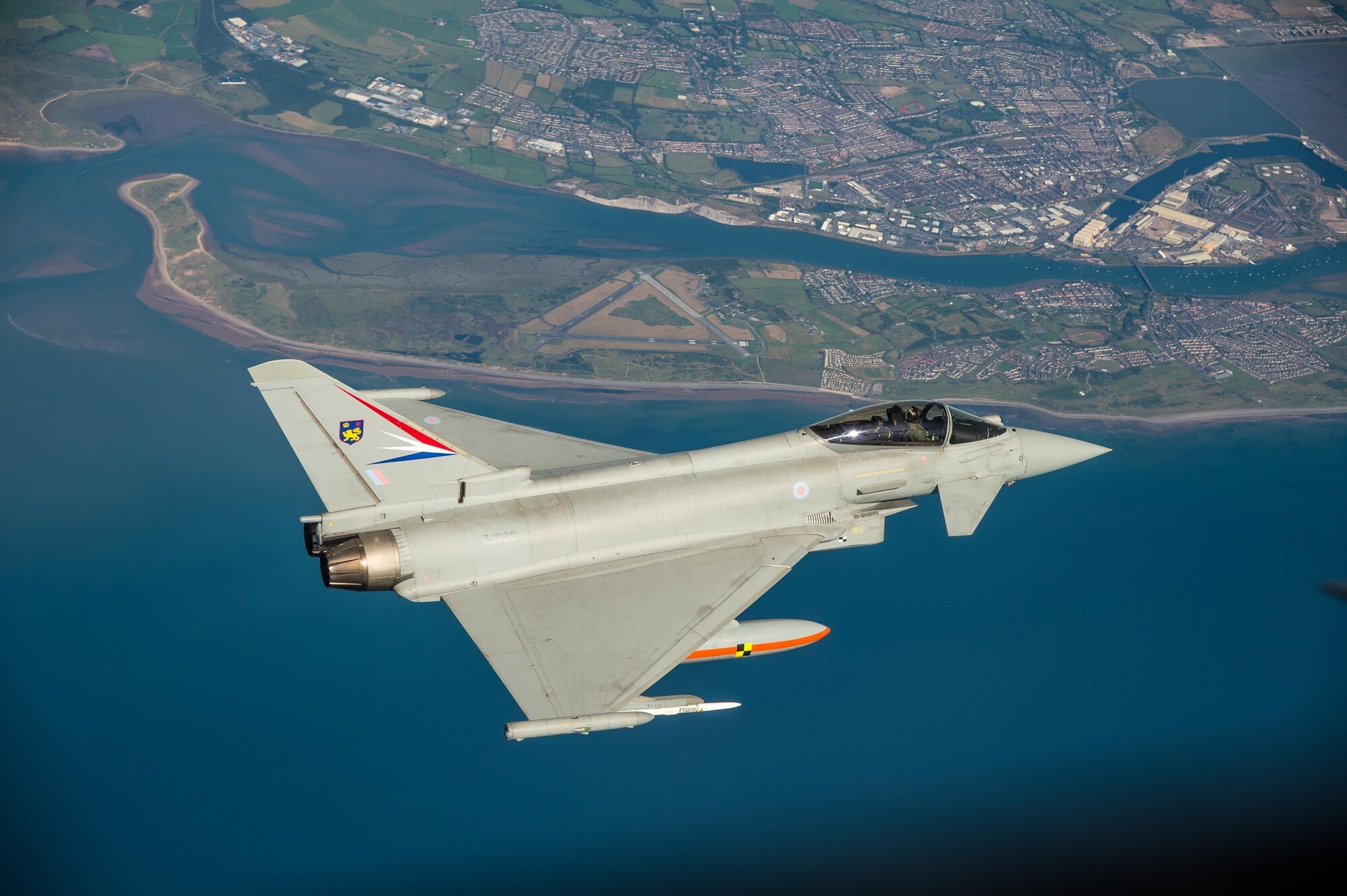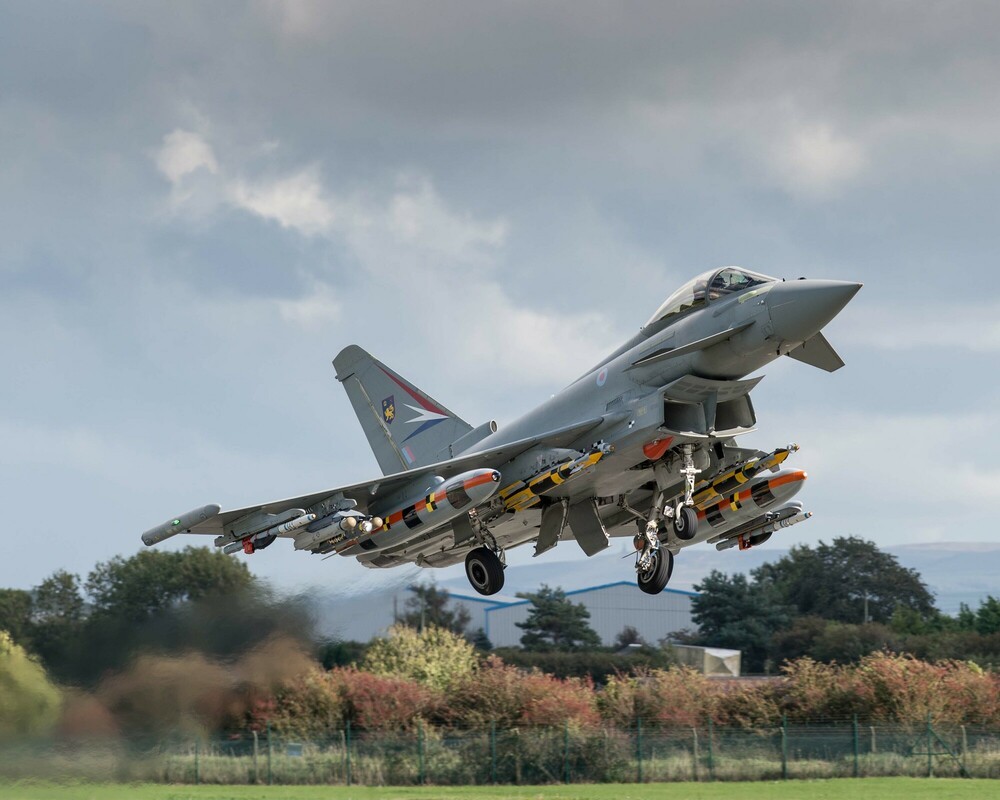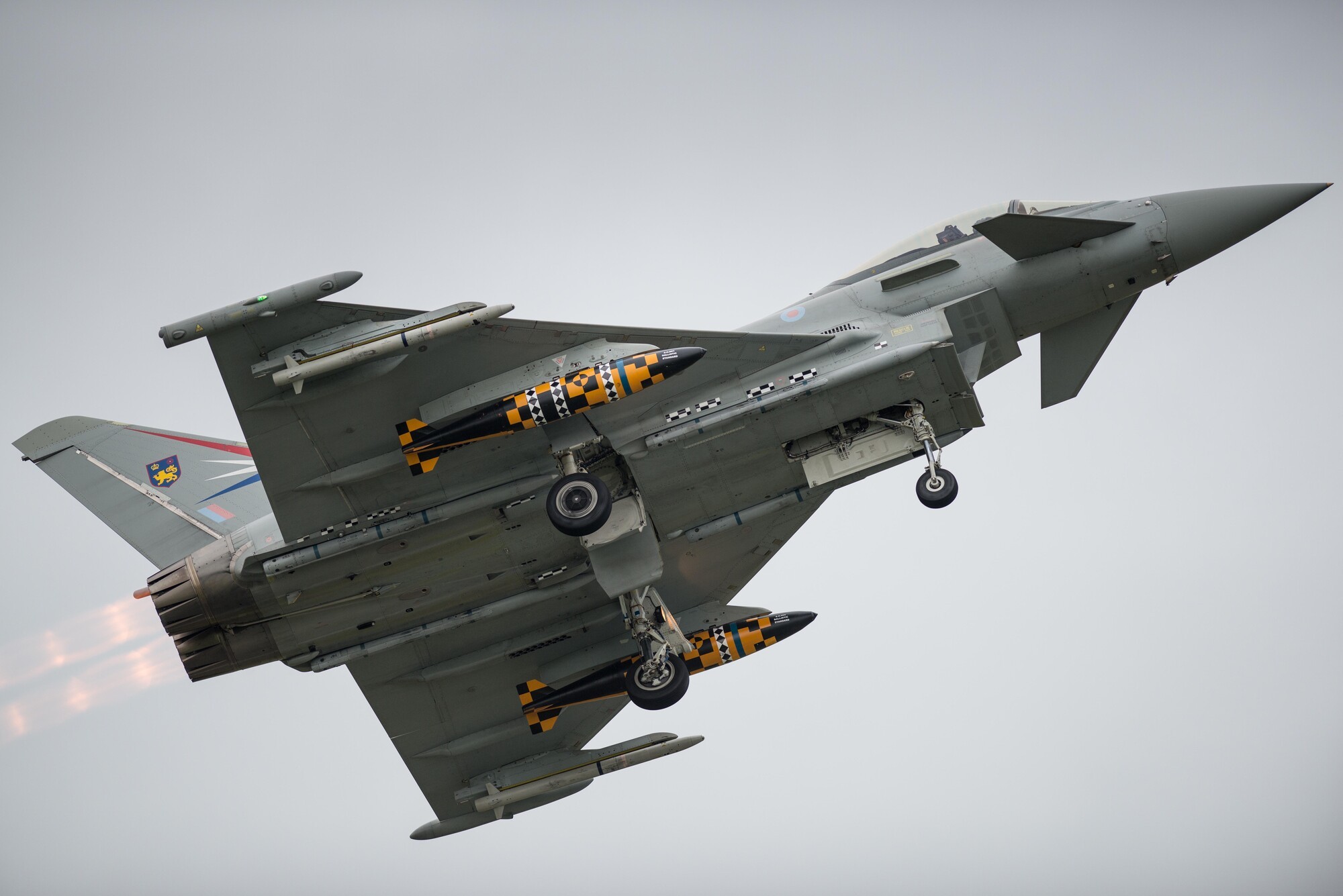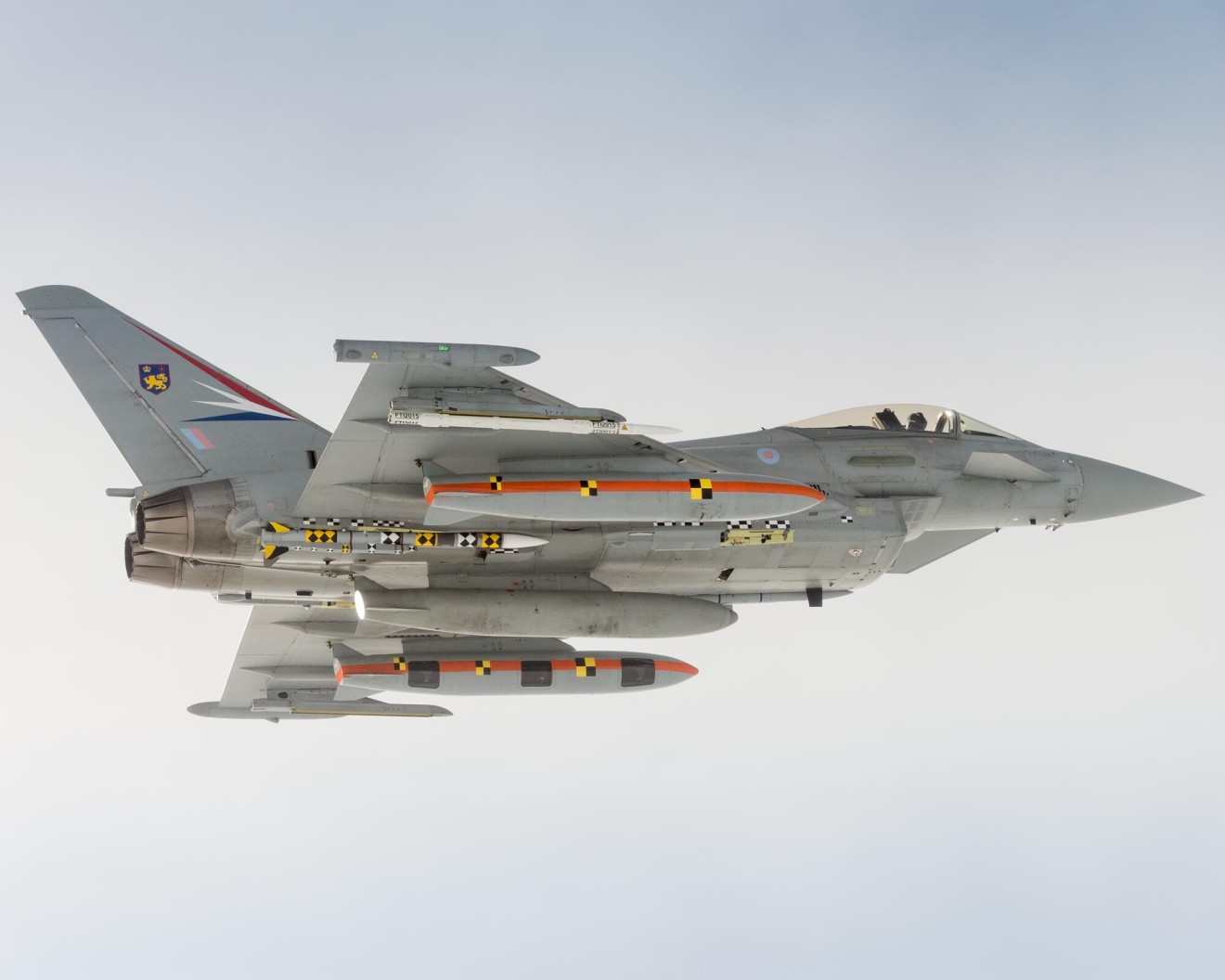What Are The IPAs Built To Do?
There are several IPAs based at the different test centres at BAE Systems, Airbus Germany, Airbus Spain, and Leonardo. They allow the test teams in those respective bases to carry out development flying on aircraft that are as close to the customer’s production aircraft as possible. In short, they allow us to do the best development flying we can.
They’re sometimes described as flying testbeds but there’s far more to it than that. The clue is in the name: Instrumented Production Aircraft, which means the aircraft is equipped with the flight test equipment and every aspect of a flight, from take-off to touch down, can be recorded. The teams can capture everything, from a button press in the cockpit, to how a particular sensor is working at any point in time. That detail-rich monitoring capability can be tailored for individual tasks.
And, like an F1 car, aircraft in the IPA fleet are equipped for telemetry. They can stream data points from the aircraft to the team on the ground, who can then see in real time exactly what is happening during a flight.
Access to live data means decisions and changes can be made during flight trials. This is particularly useful in projects like Flight Control System trials and Tanking trials because the test team on the ground can see things that a pilot simply can’t see in the cockpit. The telemetry team can examine in fine detail the in-flight performance of individual valves, fuel pressures and fuel quantities. The comprehensive and continuous stream of information between the telemetry crew and the test pilot is one of the reasons why the IPAs are invaluable.
Before a test flight a lot of the early development work takes place on the ground on test ‘rigs’. During an IPA the test team are attempting to validate the rig findings in the real world environment. Obviously, there is no real way to simulate a weapon firing — you have to do that for real.

Does IPA6 Look Like Other Eurofighter Aircraft?
The cockpit is almost the same as the production aircraft, but it has an extra set of controls down the right hand side where we can control all of the flight test instrumentation.
Externally it looks pretty much like the rest of the fleet, but can also be readily equipped with high speed digital cameras in pods which are there to capture different aspects of a test. The feeds from these cameras can be studied both in real time and after the event. There are also chequered markings on the aircraft and any weapons they may be testing too. These markings are not there to make IPA6 look cool, they are carefully positioned and allow the team to calibrate exactly how the aircraft and missile behaves during a firing.
Everything on the aircraft is about data gathering. When a weapon is fired there is somebody alongside at a safe position in a chase aircraft filming the event. The missile itself also has telemetry too, meaning it is sending information back to a ground station.

What Kind Of Projects Has IPA6 Worked On?
With more than 700 completed flights, IPA6 has been one of the work horses of the development fleet. It has been operating on the main Eurofighter contract, as well as being used on individual projects and export contracts. Most of the avionics upgrades have been done on it. It has also done the helmet trials and air-to-air refuelling testing.
Like all the IPA aircraft IPA6 is reconfigurable in a way that allows it to be used for the majority of different trials. You name it, it does it. Everything from the release and jettison of a new weapon, through to the development of the Flight Control System. During these projects the team needs to gather as much data as they can.
What Key Milestones Has IPA6 Been Involved In?
IPA6 was the first Typhoon to jettison and later fire the Brimstone 2 missile. These trials were the culmination of the UK’s Project Centurion programme. A first firing is always the culmination of months of intense advance planning. With Brimstone they took place at the Ministry of Defence’s Aberporth range in West Wales.
When the missiles were fired an incredible amount of information was captured – from the aircraft and the missile itself. And there was also video from both IPA6 and the chase aircraft. The telemetry team was also able to see exactly how the missiles behaved. The team compared how it actually performed, against how it had been predicted it should.
While the Brimstone missile was being fired, other parts of the aircraft were instrumented too. It was about maximising the amount of data gathering from that one single event — milking it to the max and getting as much information off the aircraft as possible. The team had one chance.
How Do You Prepare For A First Missile Firing?
The team started the job by doing a series of computer models. It wanted to look at what should happen when the missiles were fired. The model was studied and assessed until everyone was confident it would work. The team then drew a flight envelope, which consists of the maximum speeds, heights, and G forces, it was happy to test at. Obviously, safety is paramount in this kind of endeavour. Later, after gaining confidence with each successful IPA6 flight, the team moved towards the edges of the envelope.
The test isn’t simply about the weapon release, it’s about checking key things like the mission systems and the avionics, and ensuring the pilot can control the missile.
Prior to testing the ‘real’ thing there are lots of simulated firings with dummy missiles. The team is even able to modify the way the flight control system operates in IPA6 so that it can get the most out of the testing.
Is 1,000 Flying Hours A Lot For A Test Aircraft?
Yes, because of the nature of the job, development vehicles like IPA6 have to spend a lot of time on the ground being fitted up for trials activity. It is a very specialised aircraft.
Each task might be completely different from one project to the next and that means the team might want to use different camera pods in different places in different release conditions.
Do You Build A Rapport With The Aircraft?
Yes, certainly. I have flown IPA6 118 times, and you get to know its different characteristics. I’d say IPA6 is a fairly robust old girl. I actually first flew IPA6 when I was in the RAF and I have been at BAE Systems for 10 years!

Are There Any Standout Days During Those 118 Flights?
The Heavy Landing Trial was a very interesting day. The purpose was to make sure that all of the latches and security on the missile are always working. It’s about safety. What we did was a series of repeated landings but carried out in a controlled but heavier and heavier manner.
We literally went around the circuit with the telemetry team watching each landing. Then we worked out a technique where we could get to an increasingly heavier landing. It was what’s known as a ‘touch and go’ landing where the wheels hit the runway but instead of coming to a stop you take off again. We did this 24 times!
It's all about the team approach. We do things in a very controlled manner which allows us to work up just to the limits but not beyond. It allowed us to get all the data we needed relatively quickly. We did five flights as part of the trials and carried out a total of 94 landings.
That's the sort of task we do with IPA6 so that the end user has a usable clearance with it.
What's The Future Of IPA6?
It will carry on working. It will be involved in the further development of the Typhoon avionics and weapons system. There will still be plenty of work for it to do for many years to come. The skies the limit.
FAST FACTS: ABOUT IPA 6
IPA6 was built as a single seat Tranche 1 Block 5 airframe, but modified to a Block 8 standard prior to first flight. The aircraft is fitted with Tranche 2 avionics equipment.
First flight: 1 November 2007.
Pilot: Mark Bowman, the then Typhoon Project Pilot.
Flight duration: 54 minutes.
First development flight: 29 November 2007. The testing consisted of Weapons System Performance (WSP), Defensive Aids Sub-System (DASS) and Air-to-Surface (A-S) test points.
1000 flying hours reached: During Flight 699 on 20 June 2022 with BAE Systems’ current Typhoon Project Pilot Luke Gili-Ross at the controls.
Pilots: Flown by 25 different pilots, including from all Eurofighter industry partners and the Royal Air Force.
Workload: IPA6 has spent the majority of its life supporting development flight trials and has contributed to Avionics, Weapons and Airframe testing in support of Core, National & Export programmes. Weapons Integration including releases & firings covering Meteor, MK84 bombs, Storm Shadow and gun firing on ranges across the UK.
Location: All IPA6 testing has taken place in the UK with the exception of DASS trials which included a detachment out of Manching, Germany in 2009.
